Richard A. Harlow (Harlowton namesake) organized the Montana Railroad on May 26, 1895 to run originally from Lombard on the Missouri River where it connected with the Northern Pacific running approximately 56 miles to Leadboro in the Castle Mountains which was in the throes of a silver boom.
The Depression of 1893 caused the demise of profitable mining in the Castle area and Richard Harlow came up “a day late and a dollar short” when he entered into transportation of ores from the Castles.
The Montana Railroad in its early years rarely if ever made a profit so when Mr. Harlow decided in 1899 to extend his rails into the Musselshell Valley and eventually to Lewistown, he had to use much persuasion or “jawboning” to achieve financing. Hence, the moniker “The Jawbone” came to be associated with the Montana Railroad.
Tracks reached Merino in June of 1900. A new town was formed here and rail yards were constructed which were renamed Harlow after the Montana Railroad’s builder but the United States Post Office required the name be changed as it appeared to close to “Harlem” a town and railway station on the Great Northern Railway in northern Montana. So, to comply, the name was amended to Harlowton, which is what it is today.
In its final configuration, the Montana Railroad operated over 157 miles of tracks which was incorporated into the Chicago, Milwaukee & St. Paul Railway system in 1908.

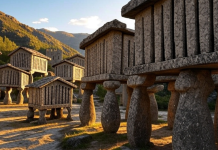
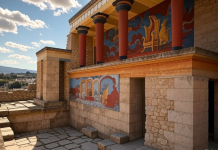
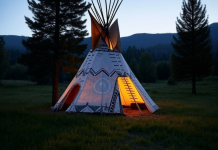

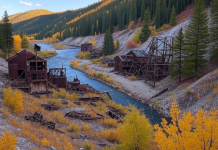
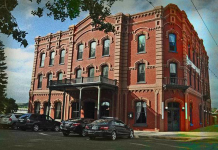
[…] Harlowton is known for its railroad history, particularly the Milwaukee Road’s division point, which has been documented for its preservation efforts and historical significance, and White Sulphur Springs is where US 12 intersects with US 89, offering connections to attractions like Yellowstone National Park if one heads south. […]